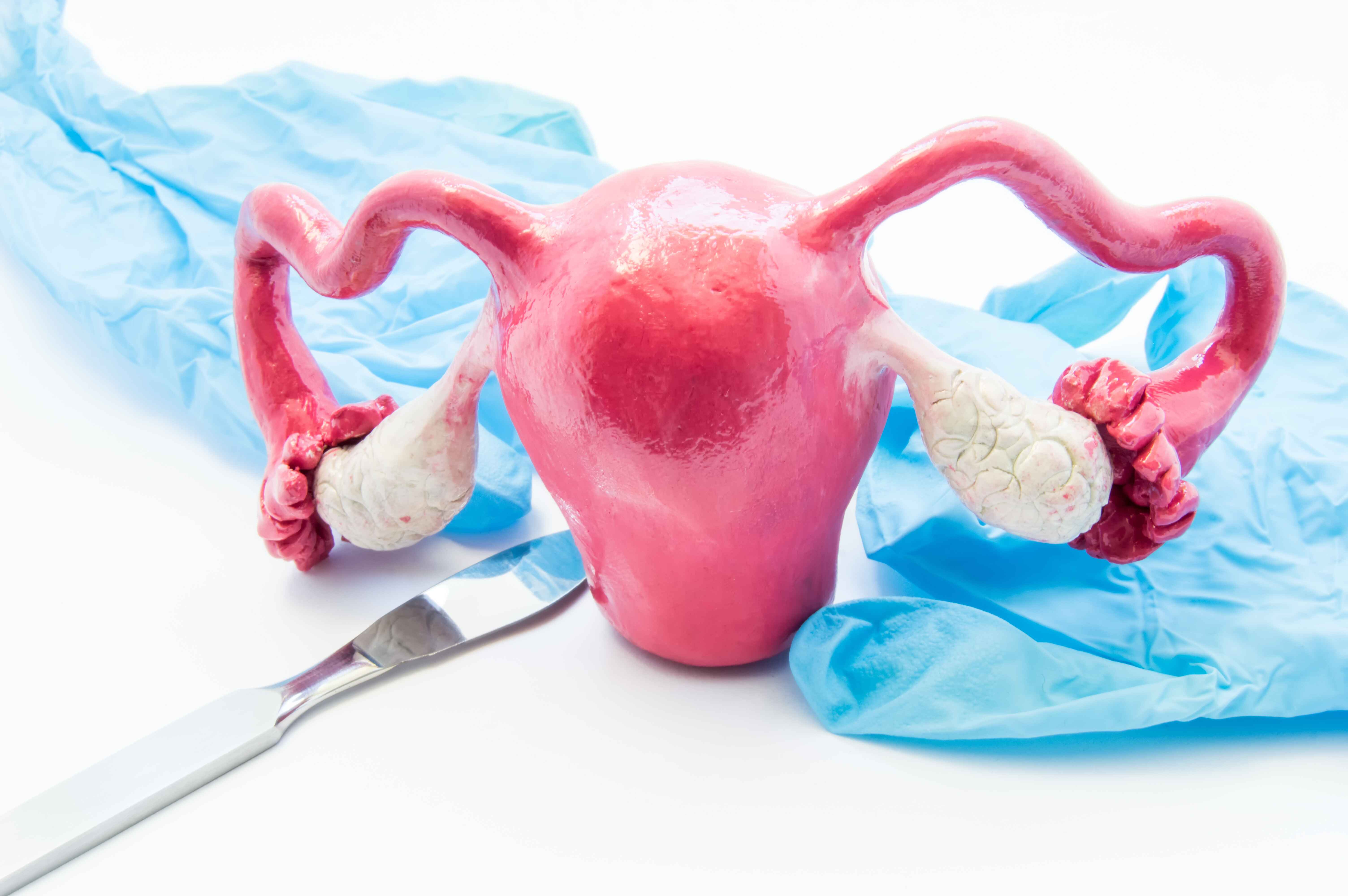Myomectomy: Procedure, Types, Recovery & Complications
Written By: Dr. Charles Badr Nagy Rafael
Updated On:January 25, 2025

What is Myomectomy?
The surgical removal of uterine fibroids or leiomyomas is known as a myomectomy. Uterine fibroids can develop at any age, although they frequently do so during the years following childbirth.
A myomectomy is performed to rebuild the uterus while removing fibroids that are causing problems. In contrast to a hysterectomy, a myomectomy only removes the fibroids from your uterus.
After surgery, myomectomy patients had fewer fibroid symptoms, such as painful pelvic bleeding and excessive menstrual flow.
Purpose of Myomectomy
If you have fibroids that are bothersome or interfere with your typical activities, your doctor may advise a myomectomy. If you require surgery for uterine fibroids, there are several reasons to select a myomectomy rather than a hysterectomy.
- You want to have kids.
- Uterine fibroids may be affecting your fertility.
- You want to retain your uterus.
Myomectomy Types and Procedures
Your surgeon may select one of three surgical methods for performing a myomectomy depending on the size, quantity, and location of your fibroids.
Myomectomy of the abdomen
In order to access your uterus and remove fibroids, your surgeon makes an open abdominal incision during an abdominal myomectomy (laparotomy). If it is possible, your surgeon will typically choose to make a low, horizontal ("bikini line") incision. The requirement for vertical incisions arises with larger uteruses.
Robotic or laparoscopic myomectomy
Through a series of tiny abdominal incisions, your surgeon can access and remove fibroids via a laparoscopic or robotic myomectomy, both of which are minimally invasive procedures.
Women who have a laparoscopy instead of a laparotomy experience less blood loss, quicker recoveries, shorter hospital stays, and decreased rates of postoperative problems including adhesion formation. Only a few studies have compared robotic and laparoscopic myomectomy.
-
Robotic myomectomy. Small incisions identical to those used in a laparoscopic myomectomy are used to allow entry of the surgical instruments, which are subsequently moved by your surgeon using a separate console. Laparoscopic and robotic myomectomies with a single port (one incision) are now being carried out by some doctors.
-
Laparoscopic myomectomy. A small incision is made by your surgeon in or around your abdominal button. A laparoscope, a little tube with a camera attached to one end, is then inserted into your belly. With the use of equipment placed through smaller abdominal wall incisions, your surgeon executes the procedure.
Sometimes, a tiny incision in the abdominal wall is used to morcellate the fibroid and remove it. In some cases, a larger abdominal incision is used to remove the fibroid so that it can be taken out whole. Very rarely, the fibroid may need to be removed by a vaginal incision (colpotomy).
Hysteroscopic myomectomy
Your doctor may advise a hysteroscopic myomectomy to treat submucosal fibroids, which are tiny fibroids that significantly protrude into your uterus. By inserting tools through your cervix and vagina into your uterus, your surgeon can reach and remove the fibroids.
The steps of a hysteroscopic myomectomy include the following:
-
Through your cervix and vagina, your surgeon inserts a tiny, illuminated device into your uterus. He or she will most frequently employ a hysteroscopic morcellator to manually slice the fibroid or a wire loop resectoscope to electrically cut (resect) tissue.
-
To enlarge the uterine cavity and enable uterine wall examination, a transparent liquid—typically a sterile salt solution—is introduced into the uterus.
-
The fibroid is partially removed by your surgeon by shaving off sections with a resectoscope or hysteroscopic morcellator and removing them from the uterus. Large fibroids might require a second surgery to completely eliminate them.
Finally, following a myomectomy procedure, your doctor will give oral pain medicine, instruct you on how to take care of yourself, and brief you on any dietary and activity limitations when you are discharged from the hospital. Depending on the operation you have, you should anticipate some vaginal spotting or stains for a few days to six weeks.
Myomectomy Recovery
After a myomectomy, your symptoms may be relieved, and your chances of fertility may increase.
Your level of recovery will depend on the surgery you have. Additionally, it depends on if any issues develop. For the first few days, you can anticipate some pain. You will receive pain medicine from your doctor. They'll also advise you to walk around or move your legs following surgery to avoid blood clots. You might leave the hospital on the same day as your laparoscopic myomectomy. Recovery takes two to four weeks when done at home. Full recovery could take just a few days if the surgery is performed hysteroscopically (via your vagina without scars).
Up to six weeks may pass after an open myomectomy before you are fully recovered and able to resume your regular activities.
Find out from your surgeon when you can resume your regular activities. You must adhere to these guidelines in order for you to heal. You might need to alter your schedule for a while, depending on the sort of surgery you underwent. Some of the things you can anticipate include the following:
- Up to a few weeks of bleeding and discharge from the vagina
- refraining from hard lifting for a few weeks
- Not having sex for a few of weeks
- Gradually up your level of activity
Myomectomy Risk
The following are examples of myomectomy-related complications:
- Bleeding
- Infection
- Clots of blood
- Harm to nearby organs
- allergy symptoms after anesthesia
- higher likelihood of needing a C-section during birth
These consequences are rare, and your healthcare team will take all reasonable precautions to prevent them.
Moreover, after a myomectomy, new fibroids may develop. Younger people (under 40) with multiple fibroids are more likely to develop additional fibroids in the future. Less risk of reoccurring fibroids exists in those who are close to menopause or who only have a few fibroids.
References
Dubuisson, J. B., Fauconnier, A., Babaki-Fard, K., & Chapron, C. (2000). Laparoscopic myomectomy: a current view. Human reproduction update, 6(6), 588-594.
Luciano, A. A. (2009). Myomectomy. Clinical obstetrics and gynecology, 52(3), 362-371.
Rossetti, A., Sizzi, O., Soranna, L., Cucinelli, F., Mancuso, S., & Lanzone, A. (2001). Long-term results of laparoscopic myomectomy: recurrence rate in comparison with abdominal myomectomy. Human Reproduction, 16(4), 770-774.
Wallach, E. E., & Verkauf, B. S. (1992). Myomectomy for fertility enhancement and preservation. Fertility and sterility, 58(1), 1-15.
Meet our doctors from the Obstetrics & Gynaecology department



































































